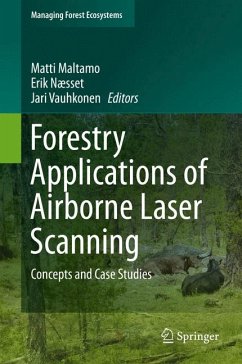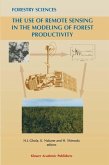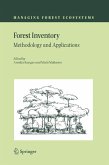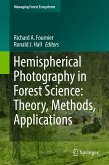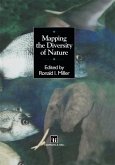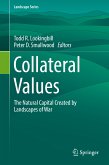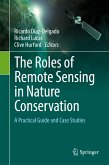The main aim of this book is to provide the scientific and technical background of ALS with a particular focus on applicability in operational forestry. Most of the chapters are devoted to applications in forest inventory and forest ecology such as forest management inventory and assessments of canopy cover, habitats and organism-habitat relationships. Many of the chapters focus on boreal forests simply because methods were initially developed for boreal conditions. However, examples show the most common applications of ALS at various geographical scales; from individual trees, to forest stands, regions and nations. The reviews provide a comprehensive and unique overview of recent research and applications that researchers, students and practitioners of forest remote sensing and forest ecosystem assessment should consider as a useful reference text.
Dieser Download kann aus rechtlichen Gründen nur mit Rechnungsadresse in A, B, BG, CY, CZ, D, DK, EW, E, FIN, F, GR, HR, H, IRL, I, LT, L, LR, M, NL, PL, P, R, S, SLO, SK ausgeliefert werden.

